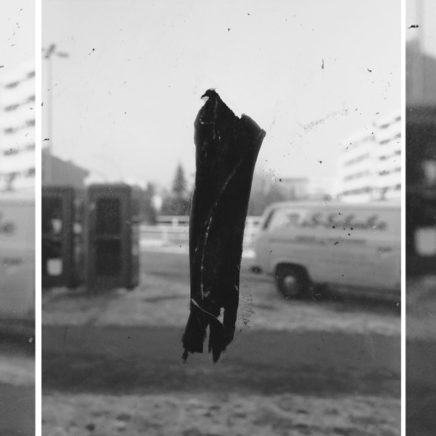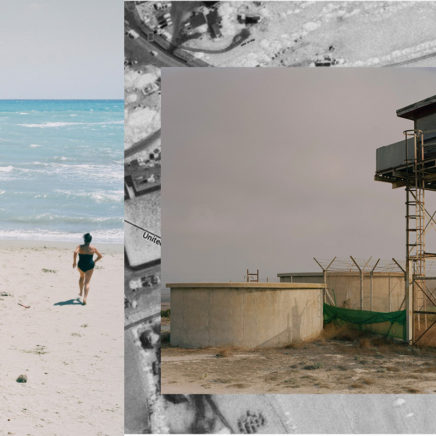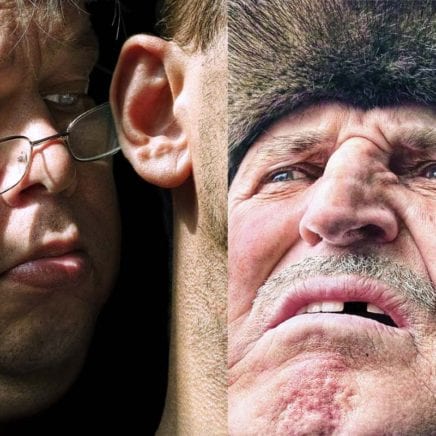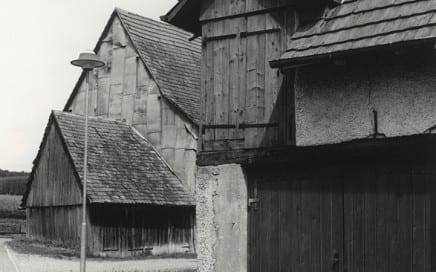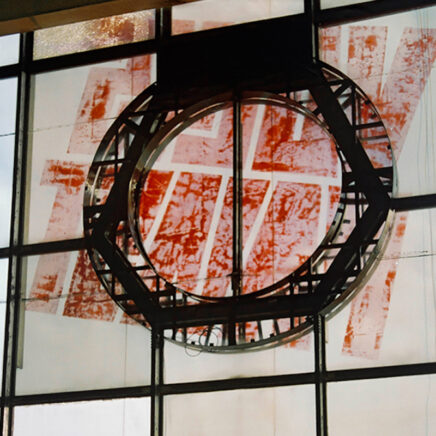
Eiko Grimberg RÜCKSCHAUFEHLER
Eiko Grimberg is concerned with two pivotal subject matters within his work. The first is the way in which we interpret the historical. The second is the way in which we interpret architecture. In his work, these two aspects overlap and produce an air of uncertainty in which dogmatic and ideological thinking is critiqued […]
